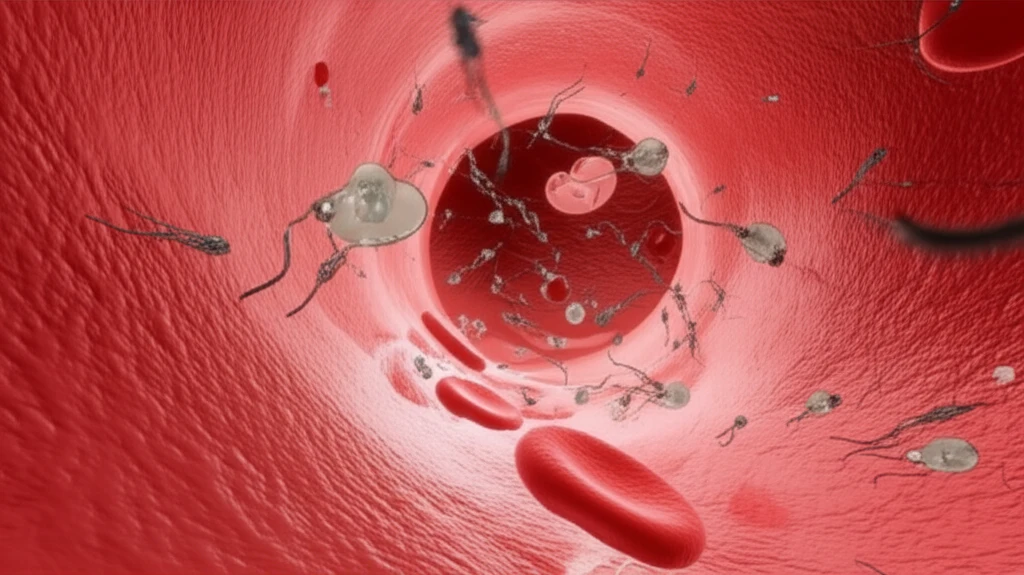
Smart Insulin: The Future of Diabetes Treatment?
"Explore how glucose-responsive nanoparticles are revolutionizing insulin delivery for better diabetes management."
For millions living with diabetes, managing blood sugar levels is a daily challenge. Traditional insulin therapy, while life-saving, often requires careful monitoring and precise injections to avoid dangerous highs and lows. But what if insulin delivery could be smarter, more responsive, and less of a burden? Researchers are now exploring innovative solutions using biopolymer-based nanoparticles to create a new generation of insulin therapies.
One promising approach involves stimuli-responsive nanoparticles, tiny carriers designed to release insulin only when and where it’s needed. These ‘smart’ systems respond to specific environmental cues, such as glucose levels, mimicking the natural function of a healthy pancreas. The goal is to create a more stable and responsive insulin delivery system that reduces the risk of complications and improves the quality of life for people with diabetes.
Recent research focuses on glucose oxidase-immobilized dextran nanoparticles, a novel combination that shows significant potential. These nanoparticles are engineered to react to glucose levels in the body, triggering insulin release in a controlled manner. This article explores the science behind this innovative technology, its potential benefits, and the future of diabetes treatment.
How Do Glucose Oxidase-Immobilized Dextran Nanoparticles Work?

The core of this technology lies in the unique properties of dextran, a natural polymer, and glucose oxidase, an enzyme that reacts with glucose. Researchers synthesize these nanoparticles through a meticulous process:
- Acryloylation of Dextran: Dextran is modified to attach acrylic groups, preparing it for crosslinking.
- Crosslinking: The modified dextran is crosslinked to form a stable nanoparticle structure.
- Oxidation: The nanoparticles are oxidized to create aldehyde groups, which act as attachment points for the enzyme.
- Glucose Oxidase Immobilization: Glucose oxidase is attached to the nanoparticles, making them sensitive to glucose levels.
- Insulin Loading: Insulin is loaded into the nanoparticles, ready for controlled release.
The Future of Insulin Therapy
Glucose oxidase-immobilized dextran nanoparticles represent a significant step forward in diabetes treatment. By creating a more responsive and controlled insulin delivery system, this technology promises to improve the lives of millions affected by diabetes. As research continues, we can look forward to a future where managing diabetes is less burdensome and more effective, leading to better health outcomes and a higher quality of life.
